Umbria. Exploring Italy’s Greenest Spot
What to recommend to those planning a trip to Umbria? Strange as it seems, the best advice comes from the American writer Henry James, who almost a century and a half ago noted that “[a traveler’s] first care must be to ignore the very dream of haste, walking everywhere very slowly and very much at random, and to impute an esoteric sense to almost anything his eye may happen to encounter.”
Italy’s greenest region, as Umbria is known in the world, still draws crowds who come for its natural beauty and enchanting landscapes sprinkled everywhere with water-from rivers to lakes to waterfalls. And a leisurely stroll through the countryside and small towns is just the right pace to travel in Umbria.
Not everyone knows that for many centuries Umbria boasted the largest concentration of saints per square mile in Italy, from Benedict to Jacopone da Todi to Saint Rita of Cascia to Saint Chiara of Assisi.
A quick glance at the stories of these extraordinary people reveals-as in the case of Saint Francis of Assisi-that they devoted their lives as much to prayer as to work, which fact suggests that religion entails organization and industry, not just contemplation.
Industriousness-linked to the land, its products and treasures and the pleasure taken in sharing them-is the greatest gift handed down through the centuries to Umbria and those who visit the area.
A trip to Umbria is also nothing without seeing the churches, convents and other handsome religious sites, beginning, of course, with Assisi, Saint Francis’ hometown. The traveler will immediately discover that such a trip, as the Saint taught us, is the gateway to peace, multiculturalism, and an open dialogue among all religious groups.
The churches in every town and city are not only places for Catholic rites, but monuments to which millions of tourists flock every year in search of art, music and culture in the name of tolerance and integration. Perugia, San Lorenzo Cathedral. Founded in 1300, completed in 1490. Above the gothic-style altar hangs a Deposition of the Cross by Federico Barocci made between 1567 and 1569, considered a masterpiece of 16th Century European painting.
Perugia is also famous for the Università per Stranieri, which enrolls students from around the world and has over the years turned the city into a small capital of cultural integration. It is also famous for jazz. Hundreds of concerts are held in June featuring world-renowned artists. Miles Davis, Chet Baker, Pat Metheny, Sting, Keith Jarrett and others have played here.
The Duomo of Orvieto. A masterpiece of Italian Gothic architecture. Construction of the façade began in 1200. Over the centuries twenty different artists have tested their skills on it. Besides the Duomo, Orvieto offers visitors the chance to take guided tours underneath the city, honeycombed with Roman cisterns, Etruscan caves, and wells like the famous “Pozzo di San Patrizio.”
Assisi, the House of Saint Francis. An extraordinary religious monument composed of two basilicas built one on top of the other. This masterpiece of 13th century architecture houses frescoes by Cimabue, Giotto, Simone Martini, Pietro and Ambrogio Lorenzetti. Assisi is the home of Saint Francis and, more importantly, a symbol of peace. Thanks to Pope Saint John Paul II, in 2002 the city became a meeting place for religious representatives from around the planet.
The Duomo of Spoleto. Construction of the cathedral began at the close of the year 1000 and wasn’t completed until two centuries later. Like other cities in Umbria, Spoleto has a religious and cultural soul. For over half a century the city has hosted the Festival dei Due Mondi, a gathering of American and European artists of all stripes, from prose writers and poets to dancers, musicians, filmmakers and painters.
Bevagna, San Michele Arcangelo. This collegiate church built in 1200 has a grandiose Romanic façade and a magnificent portal. Bevagna, one of the most beautiful medieval villages in Italy, lies on the old via Flaminia built by the Romans. The historic center is hemmed in by walls and medieval towers, and has a wealth of churches and palazzos once belonging to nobility. The Church of Saint Francis houses the stone where the saint famously stopped to talk to birds.






























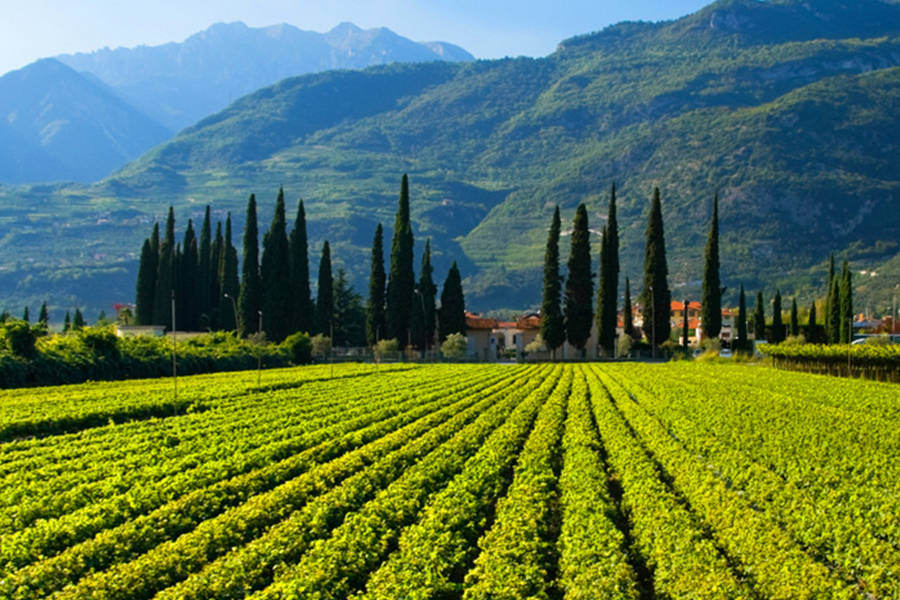
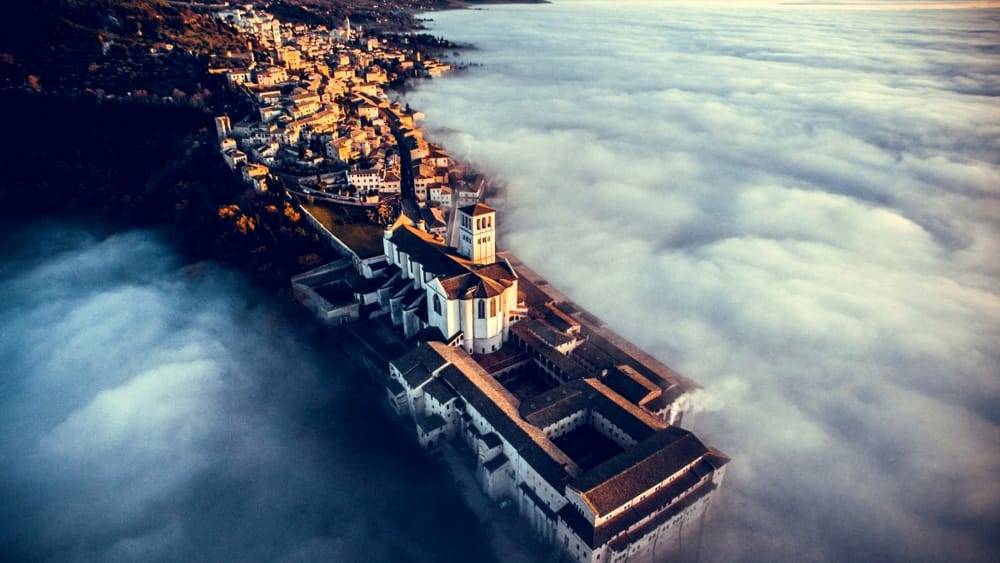
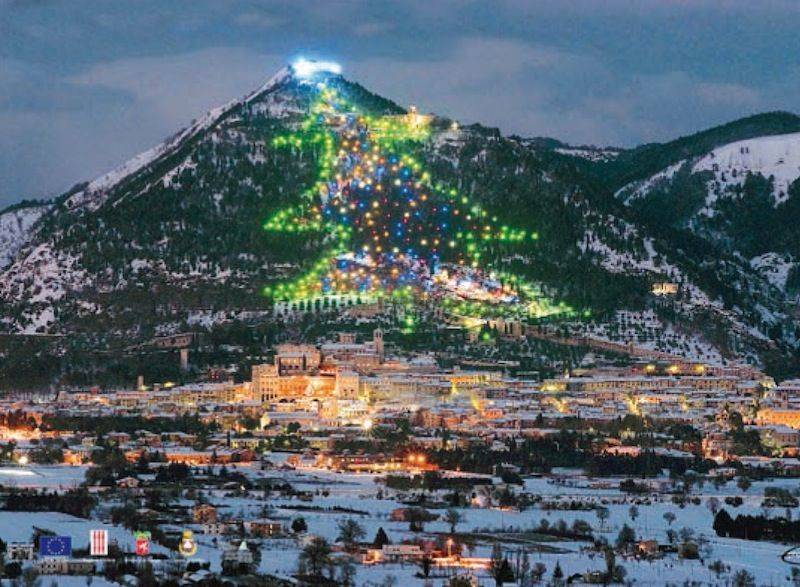
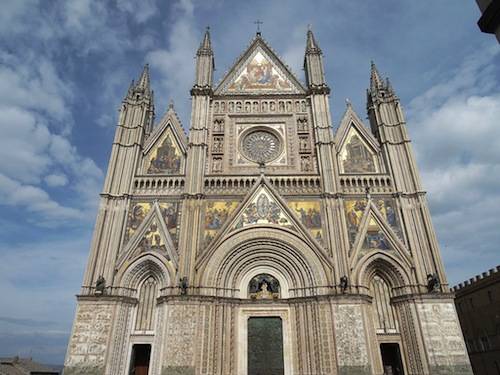
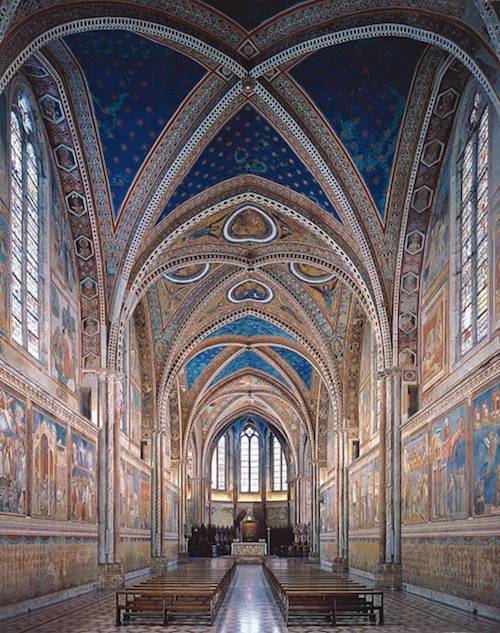

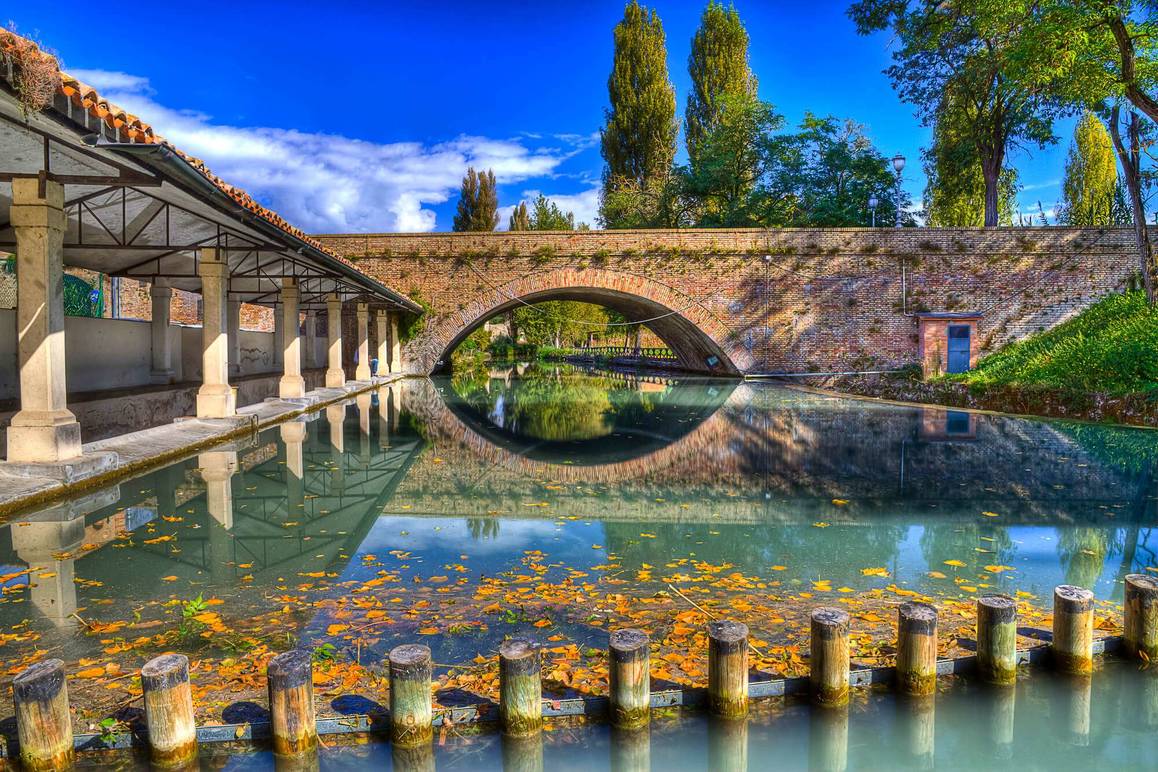



i-Italy
Facebook
Google+
This work may not be reproduced, in whole or in part, without prior written permission.
Questo lavoro non può essere riprodotto, in tutto o in parte, senza permesso scritto.